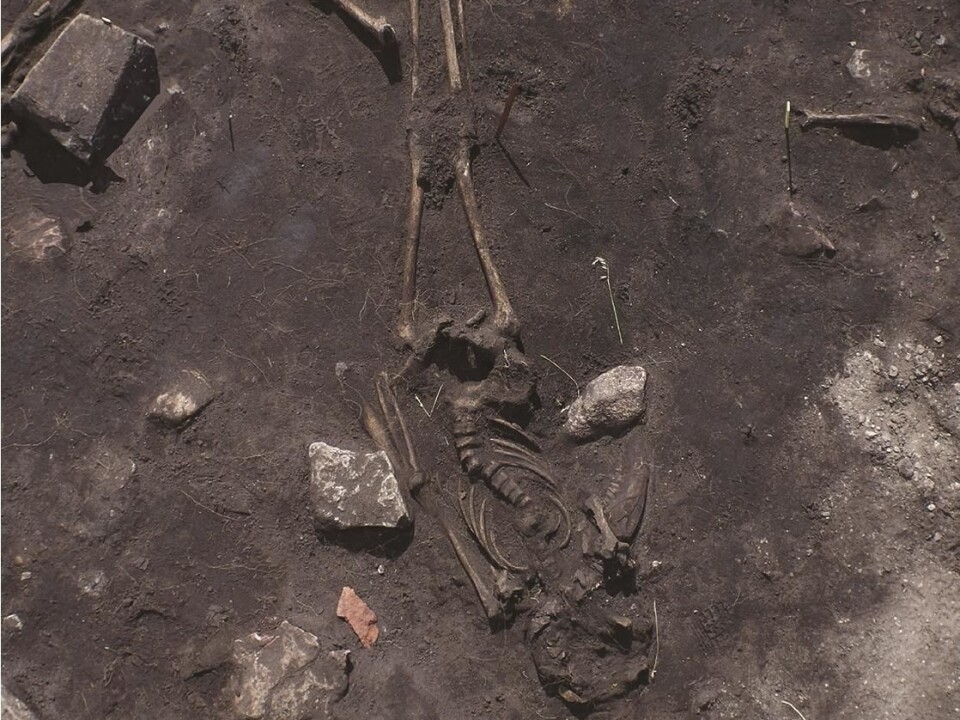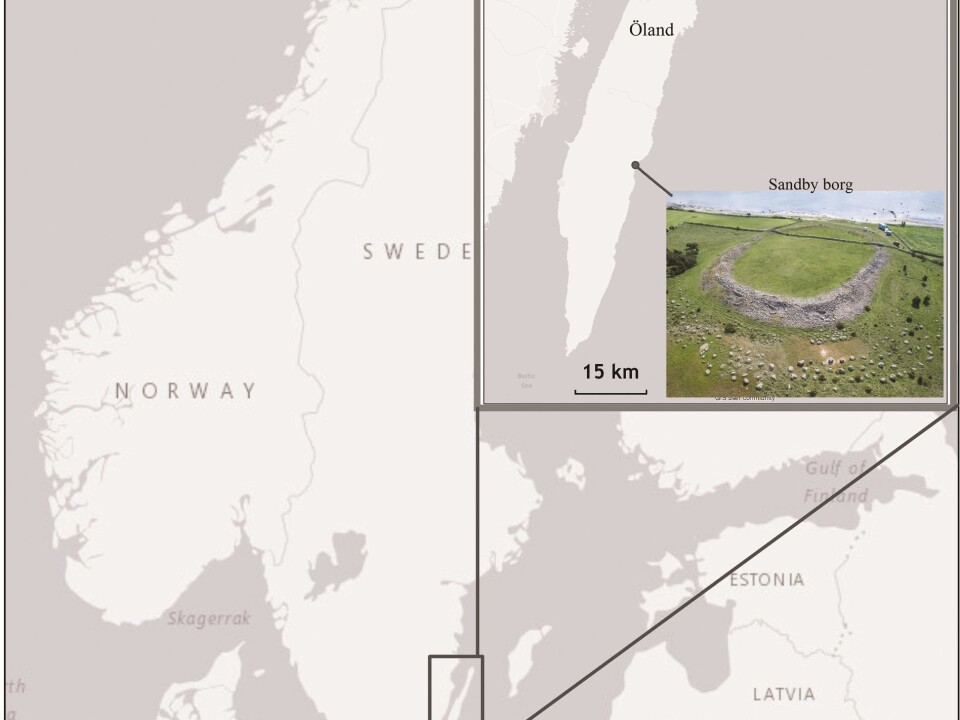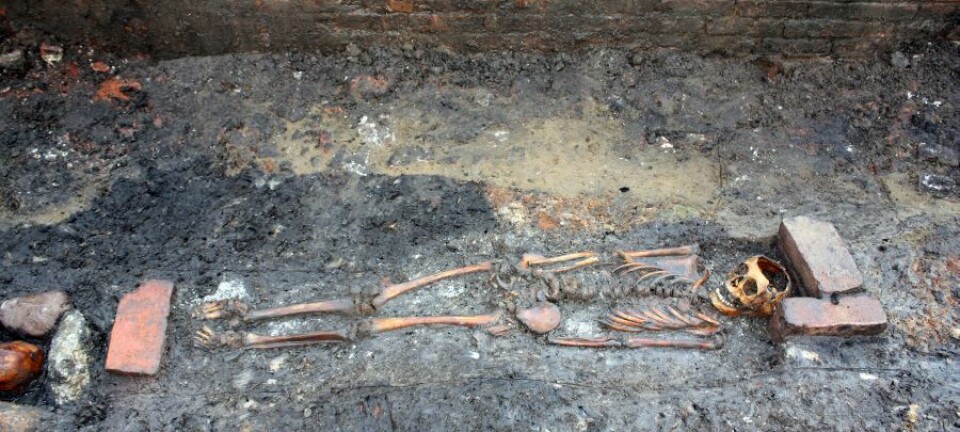
Evidence uncovered of a 1500-year-old massacre in Sweden
The remains, discovered by researchers, appear to have been left in the same places where they had been slaughtered.
The news these days is full of school shootings and terrible happenings across the globe, from Syria to Venezuela. Yet the past was not immune from violence, if evidence from the idyllic island of Öland in far southeast Sweden is any indication. Here, Swedish archaeologists have recently discovered the remains from a 1500-year-old killing spree.
The massacre, which occurred in late 400 AD, claimed the lives of more than 26 people.
Archaeologists found the remains in the positions they were in when they died. A man was found lying on top of a fireplace in a house. The researchers saw that his bones were burned, so there must have been a fire when he fell or died.
Bones from two younger people were found, one on top of the other. Many of the skeletons showed evidence of violence, and several skulls had clearly been beaten with a weapon.

One man had been struck on the shoulder and on the hip.
The massacre is described in a new article in the journal Antiquity, where archaeologists explain the event in context of a special period of time in European history: the European Migration Period (from ca 400-550 AD).
Frode Iversen is a professor of archaeology at the University of Oslo’s Museum of Cultural History, and has worked extensively on the European Migration Period, although he was not involved with this find.
"This is quite sensational, I do not think there is anything similar to be found anywhere in Scandinavia," Iversen said.

But what actually happened on Öland on this day in the late 400s?
A turbulent time
Just to set the time in perspective, the European Migration Period took place several hundred years before the Viking Age began around 800 AD.
It was a turbulent time in Scandinavia and the rest of Europe, the researchers wrote, because of “the decline of the Western Roman Empire, the invasion of the Huns, war, famine and shifting alliances with the… Germanic populations beyond the Roman Border in the northern parts of Europe.”
However, we know very little about life in Scandinavia during this period. It is so early that there are almost no written records of what it was like at the time, so much of what we do know comes from excavating buried objects and remains.
Not a permanent settlement
The massacre took at a place called Sandby borg, which is an area enclosed by a ring-shaped stone wall called a ringfort. The walls would have originally been between 4 and 5 metres high. The remains were found in small houses inside the ringfort.
"These places were mainly military facilities, but probably also served as places for religious gatherings and places where legal decisions were made," Iversen says.
And there were many of them. Öland itself had more than ten ringforts, which are thought to have served as local power centres. The assumption is that each ringfort was almost like a small county, but without any strong central authority.
"These were not permanent settlements, but a meeting place for people,” Iversen said.
What could have happened?
The archaeologists found the people in this ringfort exactly where they lay when they died about 1500 years ago. Given the customs of the time, this is extremely unusual.
“Why didn’t anyone come and bury these people?” Iversen said. "The fort is located along the coast, so you could speculate that someone probably came to rob it, but then it would seem as if they would probably have buried the dead afterwards.”
The fact that the bodies were left as they were when they died also suggests that the whole fort was abandoned. No one came after the massacre to bury or cremate the dead, and the victims remained undisturbed until now.
The archaeologists who wrote the new article say this is strong evidence that the fort was abandoned. Perhaps the fort was no longer important after the people who lived there were killed. A new local ruling elite may have established itself somewhere else.
Political instability
The archaeologists behind the discovery interpret the massacre as evidence of political instability in Northern Europe at this time.
“The assault on Sandby borg may have been the result of subsequent power struggles on the island, at a time when the political map and power structures were being rewritten across the European continent,” the researchers wrote.
Nevertheless, many unanswered questions remain regarding exactly what happened at Sandby borg. The researchers have only excavated a handful of the 53 houses identified at the ringfort, so more information should become available as the investigation proceeds.
-------------------------------------
Read the Norwegian version of this article at forskning.no.








